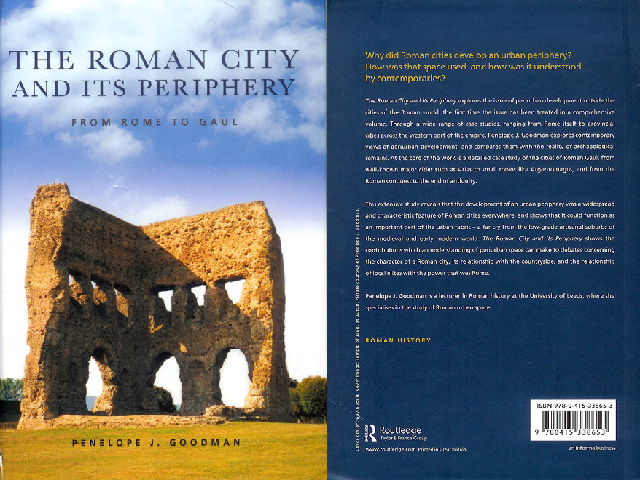Goodman, P.J. 2007. The Roman city and its periphery. From Rome to Gaul. – London/New York, Routledge
Abstract
I n this book the author explores the sparsely-investigated edges of a Roman city in order to acquire insight into the nature of the society which produced it. “A city’s periphery can be taken to mean any occupation on the fringes of a city which is neither fully urban nor fully rural in character” (p. 1). In written sources this area is described as suburbanus, extra urbem, extra moenia, extra murum and proast(e)ion. Chapter 2 shows that the contexts of these terms in an empire-wide setting reveal much about the urban periphery in Roman thought. In legal and literary texts and visual images the urban periphery is seen as an ambiguous zone between urban and rural, a zone of exclusion, a place for military activity, and a formal zone of transition. The ideas of ‘the urban’ and ‘the periurban’ presented by the Roman elite were absorbed by the provincial elites. The periurban identity was subjective and questionable, in several cases the border between urban and periurban was clearly physical, marked by walls, rivers, cemeteries, or by the changing orientation of the major roads when they entered the orthogonal grid. This makes it easier to investigate the archaeological evidence for periurban development outside the urban centre (chapter 3). The boundary between the periurban and the rural is more difficult to identify, especially in the case when parts of the suburbium were separated by open land. In general we can place the urban at one end of a continuous settlement hierarchy and the rural at the other end. The existence of the periurban is confirmed by archaeological evidence, especially the occupation that was physically bounded with the urban. Read more...


